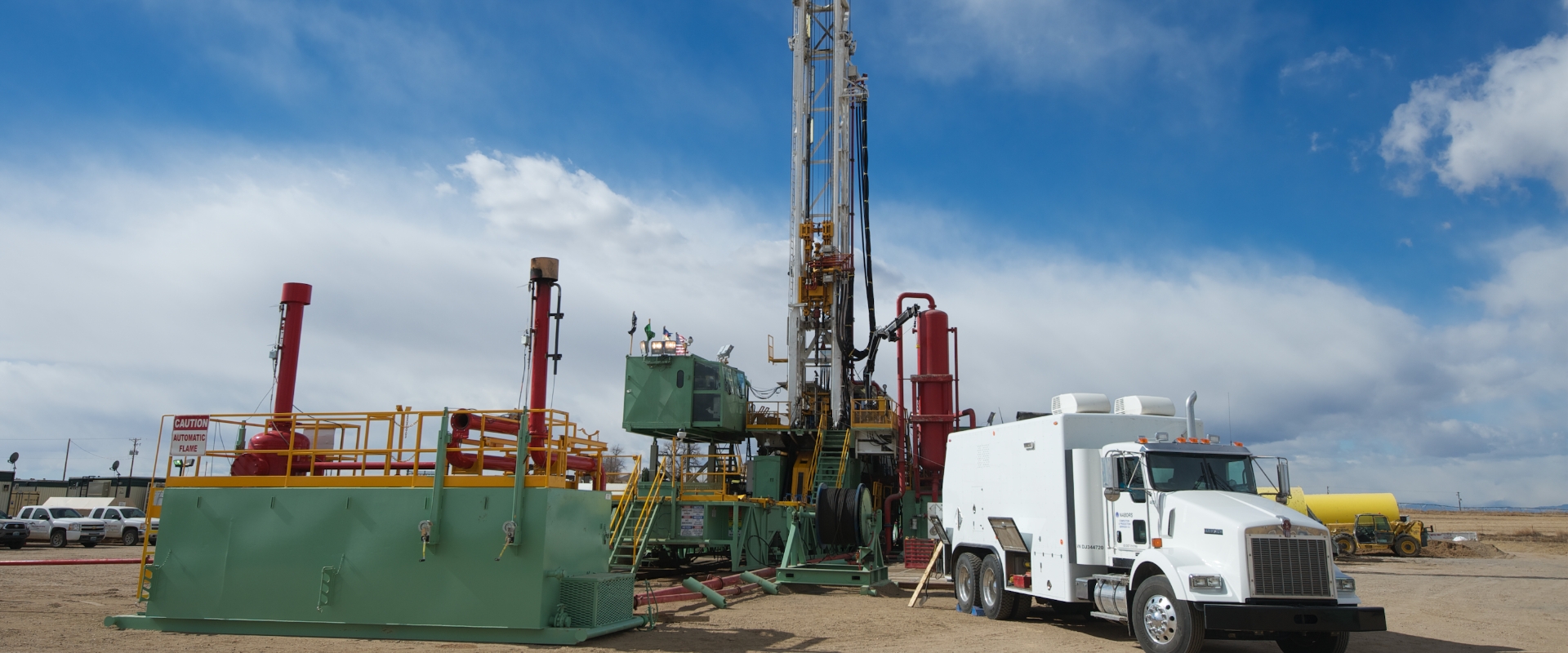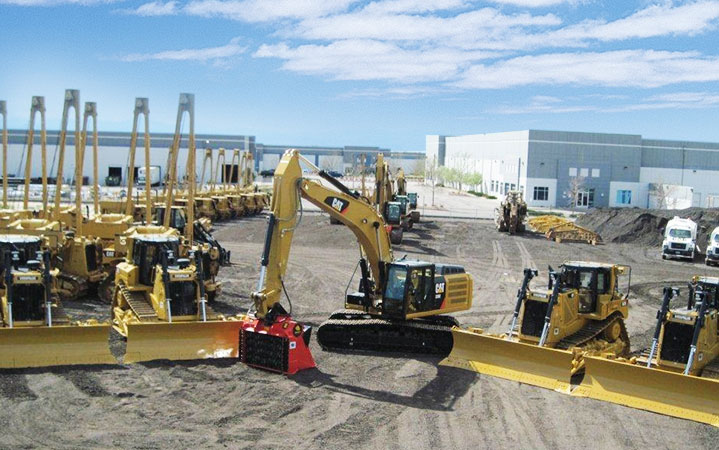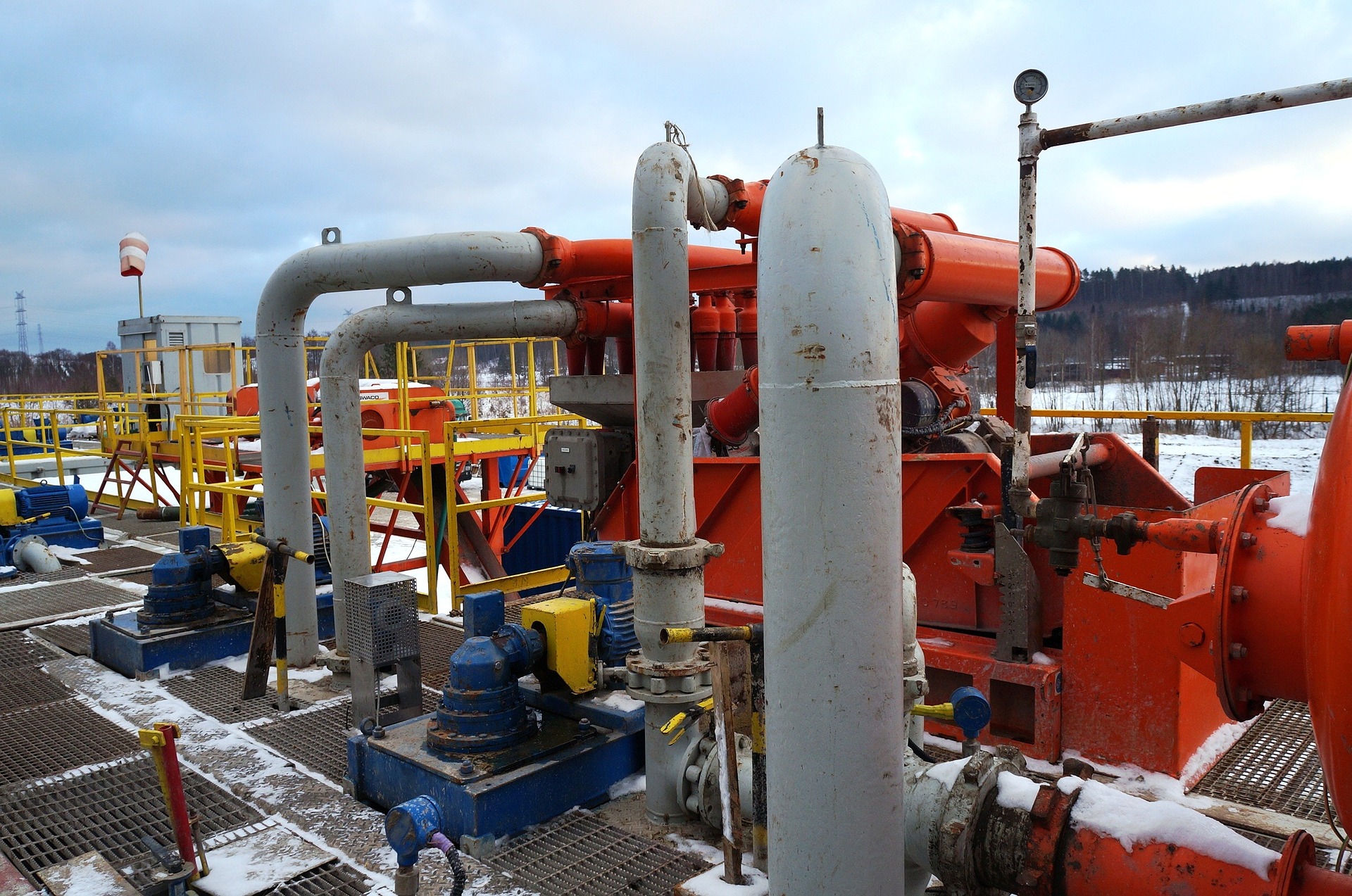Superior Rentals fusion machines: safety practices every engineer should know
Wiki Article
A Comprehensive Overview to the Different Sorts Of Oil Field Equipment and Pipeline Equipment Available
The oil and gas industry depends greatly on customized tools for efficient extraction and transportation. Numerous kinds of machinery, from drilling rigs to tank, play vital functions in this complicated procedure. Each tool serves unique features that add to total operational success. Recognizing these components is crucial for anybody associated with the field. As the industry progresses, so as well do the modern technologies that sustain it. What developments are on the horizon?
Drilling Rigs: The Backbone of Oil Exploration
Drilling rigs act as the important machinery in the domain of oil exploration, enabling business to gain access to hydrocarbon gets hidden deep below the Earth's surface. These rigs can be found in various types, consisting of land rigs, offshore rigs, and mobile systems, each developed to operate in details environments. Equipped with advanced modern technology, drilling rigs can penetrate geological formations with precision, guaranteeing efficient resource removal. The structural integrity and operational capacities of these rigs are critical, as they should withstand extreme conditions and considerable stress. The selection of a drilling rig affects the general job price and timeline, making it an important consideration for oil business looking for to optimize their expedition initiatives and make the most of efficiency in their procedures.Pumps: Vital for Liquid Activity
In the oil extraction process, the role of pumps is significant, helping with the motion of fluids throughout different stages of production. Pumps are important for carrying petroleum, water, and other liquids from underground reservoirs to the surface area and then with pipes to refineries. They come in various kinds, including centrifugal, positive variation, and completely submersible pumps, each serving particular purposes based on the liquid features and functional demands. Centrifugal pumps are typically used for their efficiency in high-flow applications, while favorable displacement pumps excel in handling thick liquids. The choice of pump impacts total performance, functional safety, and upkeep expenses. Appropriate choice and maintenance of pumps are vital for maximizing manufacturing and reducing downtime in oil field procedures.Shutoffs: Controlling Flow and Pressure

Valves play an essential function in managing the flow and stress of fluids within oil fields and pipelines. Various kinds of valves serve unique applications, each designed to satisfy details functions essential for efficient operation - Superior Rentals fusion machines. Understanding the qualities and uses these shutoffs is essential for maximizing system efficiency and safety
Kinds of Valves
Necessary components in oil field procedures, shutoffs play a vital role in managing the circulation and pressure of liquids within pipelines and equipment. Numerous kinds of valves are used to fulfill the diverse requirements of oil and gas manufacturing. Common types include gateway shutoffs, which offer a straight-line circulation and very little stress decline; globe valves, recognized for their throttling capabilities; and ball valves, identified for their fast on/off control. In addition, check shutoffs stop heartburn, while butterfly shutoffs use a light-weight option for managing circulation. Each shutoff kind is created with certain products and setups to hold up against the rough problems frequently discovered in oil fields, making sure reliability and effectiveness in procedures. Comprehending these kinds is essential for efficient system administration.Valve Applications and Functions
While various sorts of valves serve distinct functions, their main applications revolve around controlling circulation and pressure within oil and gas systems. Valves such as gateway, world, and ball valves control fluid activity, making sure peak efficiency and safety and security. Gate valves are typically made use of for on/off control, supplying minimal circulation resistance. Globe shutoffs, on the other hand, deal accurate circulation policy, making them ideal for throttling applications. Ball shutoffs are favored for their fast operation and tight securing abilities. On top of that, pressure alleviation valves are critical for avoiding system overpressure, securing equipment integrity. Generally, the ideal choice and application of valves improve operational performance, guaranteeing the reliable transportation of oil and gas through pipelines and handling centers.Compressors: Enhancing Gas Transport
Compressors play a vital duty in the efficient transport of all-natural gas, making certain that it moves smoothly through pipelines over lengthy ranges. These tools enhance the pressure of all-natural gas, permitting it to overcome friction and elevation modifications within the pipeline system. In addition, compressors facilitate the balancing of supply and demand, suiting variations in consumption and production rates. Different kinds of compressors are employed in the industry, including centrifugal, reciprocating, and rotary screw compressors, each offering unique advantages based upon the functional requirements. Regular upkeep of these compressors is crucial to optimize performance and decrease downtime, ultimately adding to a trusted gas transportation network. Their important feature highlights the value of compressors in the total oil and gas infrastructure.Storage Tanks: Safe and Reliable Fluid Administration
Reliable transportation of gas depends on numerous support group, one of which is the proper monitoring of storage space tanks. These containers play a necessary duty in securely having liquids, making sure that operational efficiency is maintained while lessening environmental risks. Created from long lasting products, they are designed to endure high stress and corrosive aspects. Appropriately sized and tactically located, storage tanks facilitate the smooth flow of gas and various other liquids, stopping traffic jams in supply chains. Routine maintenance and tracking are critical to detect leakages or architectural concerns, advertising security and compliance with governing criteria. Inevitably, the efficient administration of tank is important for the overall honesty and reliability of the oil and gas sector's fluid handling systems.
Pipeline Solutions: Infrastructure for Transport
Pipeline systems work as the foundation of the oil and gas market, facilitating the reliable transportation of hydrocarbons over large ranges. These systems consist of various parts, including pipes, shutoffs, pumps, and compressors, all diligently created to guarantee seamless flow. The materials made use of in pipeline building, commonly steel or high-density polyethylene, are selected for sturdiness and resistance to corrosion. Pipeline networks can cover across land and water, attaching manufacturing sites to refineries and distribution facilities. Additionally, advanced innovation makes it possible for real-time monitoring of flow rates and pressure degrees, boosting functional efficiency. The tactical placement of these pipelines lessens ecological influence while maximizing resource availability, therefore playing an important role in meeting energy demands worldwide.Safety And Security Equipment: Guaranteeing Worker and Environmental Management
The operation of pipeline systems, while vital for energy transportation, also presents significant safety obstacles for employees and the setting. Safety equipment plays a considerable function in reducing these dangers. Personal more info safety tools (PPE) such as safety helmets, gloves, and non-slip footwear safeguards workers from physical threats. In addition, gas detection systems keep track of for leaks, making certain that unsafe substances do not position a risk to personnel or the bordering community. Emergency situation shutdown systems are necessary for quickly stopping operations during a situation, protecting against prospective catastrophes. Spill control materials, consisting of absorbents and barriers, are basic for lessening environmental influence. In general, investing in comprehensive security tools is important for maintaining functional stability and safeguarding both employees and the environment in the oil and gas field.
Frequently Asked Concerns
How Do I Select the Right Oil Field Equipment for My Project?
Selecting the right oil area devices includes assessing job specs, spending plan constraints, and operational requirements. Think about variables such as equipment dependability, compatibility with existing systems, and the provider's credibility to assure peak performance and security.What Are the Upkeep Needs for Oil Field Equipment?
Maintenance demands for oil area tools include regular assessments, lubrication, and prompt fixings. Operators must likewise stick to manufacturer standards, screen efficiency metrics, and assurance compliance with safety and security guidelines to enhance longevity and performance.
Exactly How Can I Make Certain Conformity With Environmental Laws?
To guarantee conformity with ecological guidelines, companies must perform routine audits, implement ideal methods, purchase training, keep appropriate documentation, and remain updated on regulation (Superior Oilfield Rentals oilfield). Partnership with environmental companies can likewise improve adherence to policiesWhat Is the Typical Life Expectancy of Pipeline Equipment?
The typical life expectancy of pipeline devices normally varies from 20 to half a century, depending upon aspects such as worldly high quality, ecological conditions, and maintenance methods. Routine assessments can considerably influence longevity and operational performance.Exactly how Do I Safely Transport Oil Field Equipment to Remote Locations?
Transferring oil area devices to remote places requires mindful preparation, including route analysis, protecting permits, using ideal automobiles, and guaranteeing safety and security methods are complied with. Appropriate training and interaction among crews are crucial for effective transport.Report this wiki page